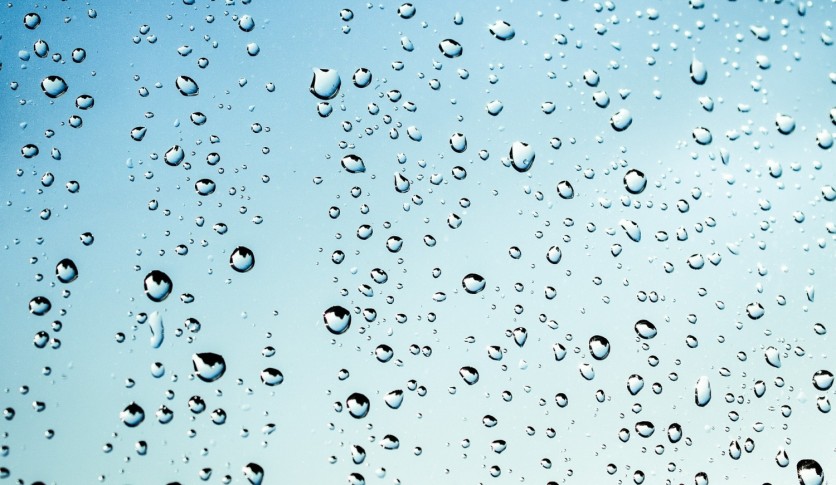Scientists have devised a new mechanism enabling water droplets to effortlessly roll off surfaces. They dubbed it the "world's most water-repellent surface ever."
This achievement challenges conventional theories regarding the interplay between solid surfaces and water, forging a new path for exploring droplet slipperiness at the molecular level.
The newfound technique boasts applications across various industries, including plumbing, optics, and automotive and maritime sectors.
Droplet-Repellent Surfaces
Water's interaction with solid surfaces influences a multitude of daily activities, from cooking to transportation and beyond. Gaining a profound knowledge of the intricate molecular dynamics of these minuscule droplets empowers scientists and engineers to enhance various household and industrial technologies.
According to the research team from Aalto University, liquid-like surfaces represent an innovative category of droplet-repellent surfaces that offer distinct advantages over conventional methods.

It was recently elucidated in a review by Aalto University Professor Robin Ras in Nature Reviews Chemistry. These surfaces possess molecular layers that exhibit high mobility while being covalently bound to the substrates.
This imparts solid surfaces with a liquid-like quality, akin to a lubricating layer between water droplets and the surface itself. Ras helmed a research team that utilized a specially designed reactor to generate a liquid-like layer of molecules, known as self-assembled monolayers (SAMs), atop a silicon surface.
Lead author of the study, Sakari Lepikko, said: "Our work is the first time that anyone has gone directly to the nanometer-level to create molecularly heterogeneous surfaces."
The team achieved precise control over the extent to which the monolayer covered the silicon surface by manipulating conditions such as temperature and water content within the reactor.
Ras expressed his excitement, saying, "I find it very exciting that by integrating the reactor with an ellipsometer, that we can watch the self-assembled monolayers grow with extraordinary level of detail."
Heightened Slipperiness
The results unveiled heightened slipperiness when SAM coverage was either low or high, coinciding with situations of surface homogeneity. At low coverage, the silicon surface predominated, while at high coverage, SAMs took precedence, according to Ras.
Contrary to earlier beliefs, at low coverage, the water forms a film over the surface, increasing the friction. However, the team found that water effortlessly flows between the SAM molecules, sliding off the surface.
When SAM coverage is high, the water remains atop the SAM and slides off with similar ease. Only within the intermediate states does water adhere to the SAMs and stick to the surface.
This discovery holds promise across numerous domains necessitating droplet-repellent surfaces, ranging from everyday applications to industrial solutions. According to Lepikko, this spans a multitude of scenarios, from heat transfer in pipelines to de-icing and anti-fogging techniques.
Moving forward, the team aims to further refine their self-assembling monolayer setup and enhance the layer itself. Lepikko is looking forward to the foundational scientific knowledge gleaned from this work, hoping to create robust and practical applications in the future.
The findings of the team were published in the journal Nature Chemistry.
Related Article : NASA's JWST Discovers Water Vapor Molecules in Rocky Planet-Forming Zone

ⓒ 2025 TECHTIMES.com All rights reserved. Do not reproduce without permission.




